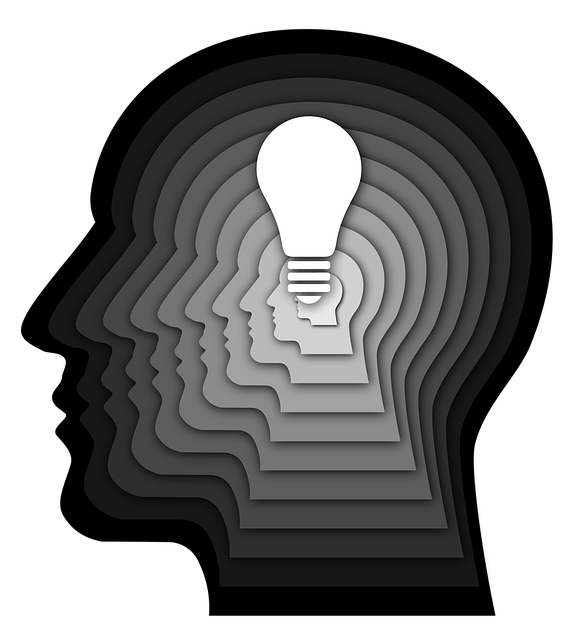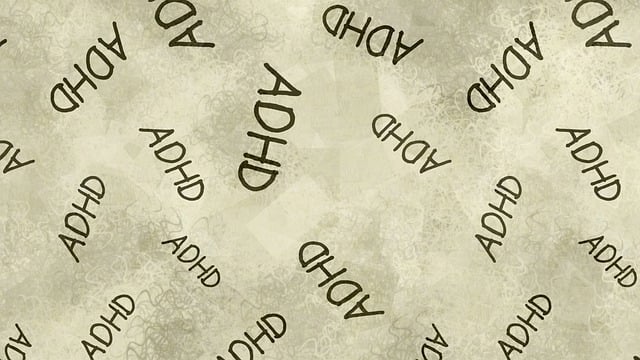Mental health literacy empowers individuals to navigate challenges through evidence-based practices like Emotional Intelligence training and Stress Management techniques, exemplified by Centennial EMDR Certified Therapy (CEMDRT). This approach promotes early intervention, better coping strategies, and fosters a stigma-free environment for resilience development. By integrating CEMDRT into education, programs can equip participants with effective tools for stress management and inner strength development. Diverse learning styles are incorporated to engage all learners, ensuring inclusive participation. A supportive environment, cultivated through CEMDRT strategies, facilitates meaningful connections and enhances mental wellness. Success is measured through pre- and post-program assessments, combining quantitative data with qualitative feedback, allowing programs to be tailored for enhanced well-being.
“Unveil the power of mental health education with our comprehensive program design guide. In today’s fast-paced world, fostering well-being is paramount. This article navigates the essential components for creating impactful programs, from establishing mental health literacy to incorporating innovative techniques like EMDR therapy, a game-changer in deep healing. Discover strategies for engaging diverse learners and cultivating supportive environments. Learn how to measure success, ensuring your program leaves a lasting positive impact, especially with Centennial EMDR Certified Therapy as a cornerstone.”
- Understanding Mental Health Literacy: The Foundation of Effective Programs
- Integrating EMDR Therapy: A Revolutionary Approach for Deep Healing
- Designing Engaging Content: Strategies for Different Learning Styles
- Creating a Supportive Environment: Fostering Trust and Connection
- Measuring Success and Impact: Evaluating the Effectiveness of Your Program
Understanding Mental Health Literacy: The Foundation of Effective Programs

Understanding Mental health literacy is paramount when designing effective program architectures for fostering well-being. It involves equipping individuals with the knowledge and skills to recognize and navigate mental health challenges, promoting early intervention and better coping strategies. This foundation is crucial in creating a supportive environment where everyone, from students to professionals, can develop resilience and seek appropriate help without stigma.
A comprehensive approach integrates evidence-based practices such as Emotional Intelligence training and Stress Management techniques, exemplified by the principles of Centennial EMDR Certified Therapy. These tools empower individuals to understand their emotions, manage stress effectively, and build adaptive coping mechanisms. By fostering Mental Health Awareness through education, we can create a more inclusive and supportive society where mental wellness is prioritized and nurtured.
Integrating EMDR Therapy: A Revolutionary Approach for Deep Healing

In today’s digital era, mental health education programs are evolving to meet the complex needs of individuals seeking holistic healing. One groundbreaking technique that has gained significant traction is Eye Movement Desensitization and Reprocessing (EMDR) therapy, a Centennial EMDR Certified Therapy approach recognized for its profound impact on deep emotional healing. This method leverages bilateral stimulation, often through side-to-side eye movements or tactile cues, to help clients process traumatic memories and negative beliefs, thereby fostering inner strength development.
By integrating EMDR into mental health education, programs can offer participants powerful tools for stress management workshops organization and enhancing their overall well-being. Unlike traditional talk therapy, which may focus on surface-level discussions, EMDR targets the root causes of distress by facilitating a metamorphosis in the way individuals interpret and respond to traumatic events. This revolutionary approach has been shown to be particularly effective in addressing post-traumatic stress disorder (PTSD) and phobias, while also promoting improved social skills training and emotional resilience.
Designing Engaging Content: Strategies for Different Learning Styles

Designing engaging content for mental health education programs requires recognizing and catering to diverse learning styles. Visual learners can benefit from infographics, diagrams, and videos demonstrating mindfulness practices or the impact of stress on the brain. Auditory learners might find value in podcasts featuring expert interviews or group discussions about coping strategies. Kinesthetic learners will engage with interactive activities like role-playing scenarios, where they can practice assertive communication or set boundaries in simulated environments.
Integrating these strategies, such as Centennial EMDR Certified Therapy techniques, ensures that all participants can actively participate and retain information effectively. For instance, including hands-on exercises for emotional regulation, like deep breathing or grounding techniques, caters to kinesthetic learners while also promoting mood management skills for everyone. Ultimately, these approaches contribute to the overall success of mental health education programs design, fostering a more inclusive learning environment that enhances emotional well-being promotion techniques.
Creating a Supportive Environment: Fostering Trust and Connection

Creating a supportive environment is a cornerstone of any effective mental health education program. This involves cultivating an atmosphere where individuals feel safe to express their thoughts, emotions, and experiences without fear of judgment or stigma. A Centennial EMDR Certified Therapy approach prioritizes fostering trust and connection among participants, recognizing that these bonds are crucial for facilitating open communication and encouraging vulnerability.
By implementing strategies that promote active listening, empathy, and non-judgmental attitudes, the program facilitates meaningful interactions that enhance mental wellness. This supportive setting isn’t just about physical space; it’s also about establishing clear guidelines, promoting inclusive language, and ensuring all voices are heard. Ultimately, these practices enable participants to navigate sensitive topics more comfortably, which is essential for effective learning and personal growth in addressing mental health issues, even as part of a broader Mental Health Policy Analysis and Advocacy initiative.
Measuring Success and Impact: Evaluating the Effectiveness of Your Program

Measuring the success and impact of a mental health education program is vital to ensure its effectiveness and make necessary adjustments. This process involves evaluating various aspects, such as participant engagement, knowledge retention, and behavioral changes. One powerful tool for assessing progress is the use of pre- and post-program assessments, which can gauge the growth in mental wellness. For instance, a Centennial EMDR Certified Therapy program could include initial and final questionnaires to track improvements in emotional regulation and trauma healing.
Additionally, qualitative feedback through participant surveys and focus groups offers valuable insights into their experiences. This allows for a deeper understanding of the program’s strengths and areas that may require refinement. By combining quantitative data with qualitative perspectives, organizers can create Mental Health Education Programs Design that are tailored to meet the unique needs of the participants. Incorporating practices like Compassion Cultivation and Mental Wellness Journaling Exercise Guidance within these programs has been shown to enhance overall well-being, making it essential to track their integration and impact.
Mental health education programs play a pivotal role in fostering well-being and resilience. By combining evidence-based practices like EMDR therapy, tailored content for diverse learning styles, and supportive environments, these programs can significantly impact individuals’ mental health literacy. As the field advances, incorporating innovative techniques such as Centennial EMDR Certified Therapy ensures that participants receive comprehensive and effective support. Evaluating program success through rigorous measurement allows for continuous improvement, ultimately enhancing the overall well-being of communities.












